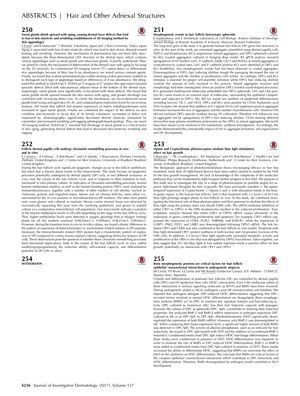Sweat Glands Shrink Upward With Aging, Causing Dermal Layer Defects Leading to Loss of Skin Elasticity and Wrinkling - Establishment of 3D Imaging Method for Skin Appendages
September 2017
in “
Journal of Investigative Dermatology
”

TLDR Aging causes sweat glands to shrink and move upward, leading to less elastic skin and more wrinkles.
The study by Ezure and Matsuzaki established a novel 3D-imaging method, ASAXA-μCT, to investigate the aging process of the skin, particularly focusing on the dermal layer and its appendages such as sweat glands. The method involved acetone pretreatment and iodine staining of skin specimens, which allowed for the differentiation of skin appendages in 3D imaging. The researchers used this technique to analyze 57 surplus skin specimens and discovered that with aging, sweat glands shrink upward, leading to sporadic defects in the dermal layer filled with subcutaneous adipose tissue. These defects were significantly associated with the presence of sweat glands. The study also included a comparison of gene expression levels in sweat glands from young and aged skin (N=8), revealing increased expression of matrix metalloproteinases in aged sweat glands. Furthermore, in a non-invasive study with 30 female volunteers, an increase in defect size was correlated with decreased dermal elasticity and increased wrinkling and sagging. The study concluded that the upward shrinkage of sweat glands with age is a critical factor in skin aging, contributing to decreased skin elasticity and the formation of wrinkles and sagging.




